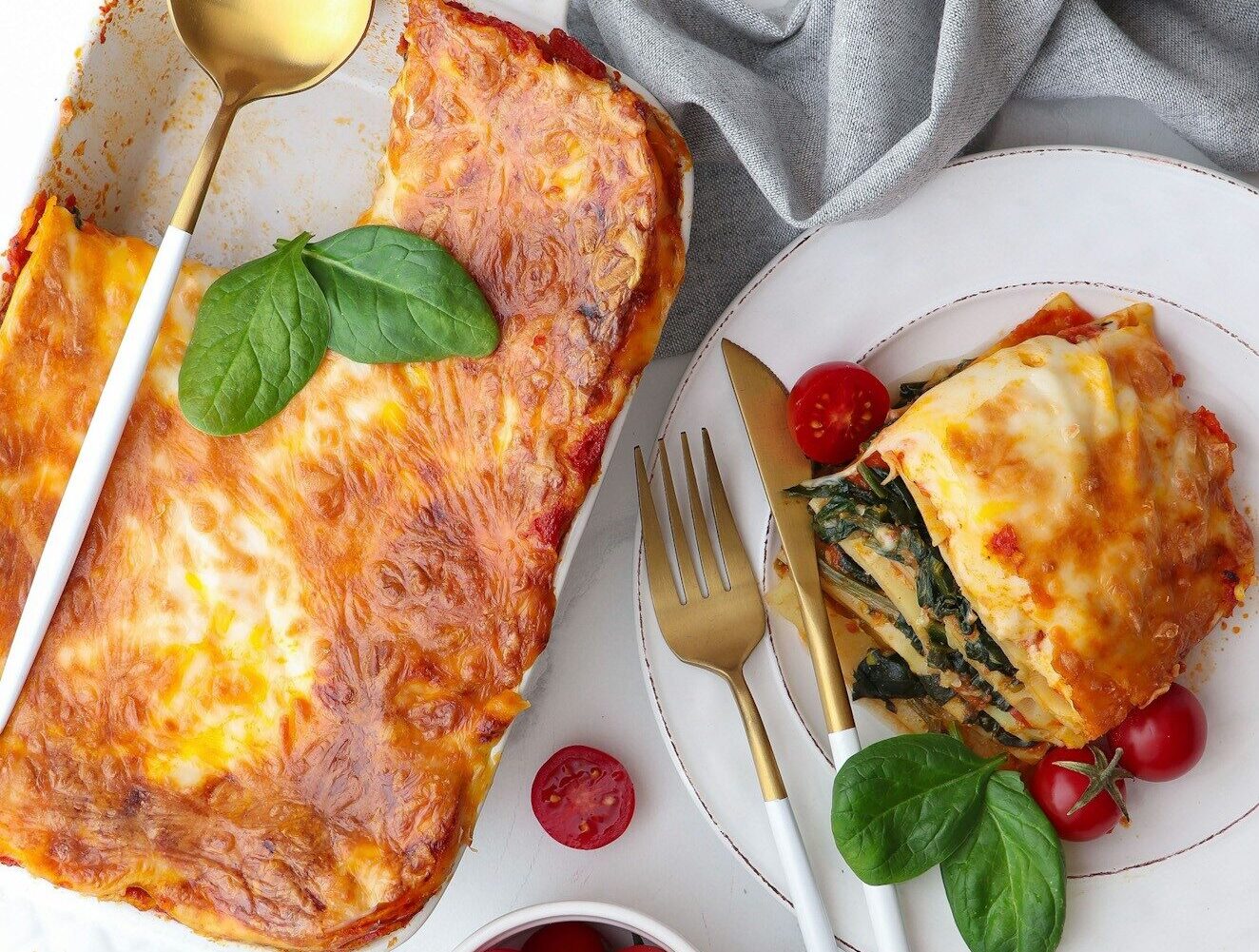 My sister lived and owned a home in Morocco for many, many years. She lived in Kenitra and could walk to many stores and shops. Moroccan Arabic was difficult to learn, but she was able to understand everyone using the French language she acquired while living there. There is a long history of colonizers and immigrants who set their roots down in Morocco. As a result of these influences, the languages consist of a combination of Arabic, Moroccan Arabic, Berber and French.
My sister lived and owned a home in Morocco for many, many years. She lived in Kenitra and could walk to many stores and shops. Moroccan Arabic was difficult to learn, but she was able to understand everyone using the French language she acquired while living there. There is a long history of colonizers and immigrants who set their roots down in Morocco. As a result of these influences, the languages consist of a combination of Arabic, Moroccan Arabic, Berber and French.
These influences also created a very diverse cuisine in Morocco. The Berbers brought with them tagine (stew) and couscous, still very common in Moroccan cooking, the Arabs brought new spices, nuts and fruits, the Moors introduced olives, and the French culture introduced delicious rich pastries. It is a blend of tastes that come together in one bite. My sister, lived above a bakery and the aroma from the baked goods and pastries would emanate throughout her apartment-style home.
In Morocco, food is a dominant part of their culture. Breakfast consists of bread with olive oil and tea or crepes (another French influence). Lunchtime is the big meal of the day, and everyone comes home to enjoy the meal together. After the meal, they have a “siesta” or rest and everything shuts down for a few hours. People get off work around 5 or 6 and enjoy afternoon tea and coffee with snacks. Sweet mint tea is especially enjoyed after a long day at work.
A customary way to eat and share a meal in Morocco is by eating from the same large plate using small pieces of bread to dip into the dish. They also enjoy small little plates of olives and salad with most meals. They typically end each meal with fresh fruit and a cup of hot, sweet mint tea. A light meal is usually prepared for dinner.
In Moroccan cooking a wide array of spices are used like salt, pepper, ginger, turmeric, saffron, paprika, cumin, cinnamon and white pepper. Sesame seeds are found on pastries like in Italy and Greece. The most widespread used herbs are parsley and cilantro. It is common to tie up the herbs and cook the dish with the herbs bundled up and then to discard it. Olive oil is mainly used in Morocco, but is expensive so vegetable oil is the next in line.
My sister would tell me stories about the merchants in the streets selling cartloads of fresh figs (one of my favorites) and peaches, and about the stores with beautiful Moroccan dishes and other treasures created my local craftsmen. There were many bustling businesses especially in the city. Many women she knew were successful entrepreneurs and ran profitable businesses in the city and around the country.
My sister’s cooking is greatly influenced by this experience. I have incorporated some Moroccan influences into my Italian style pot roast, which I hope you enjoy! The taste is out of this world! Try my Italian Style Pot Roast with a Moroccan Twist
